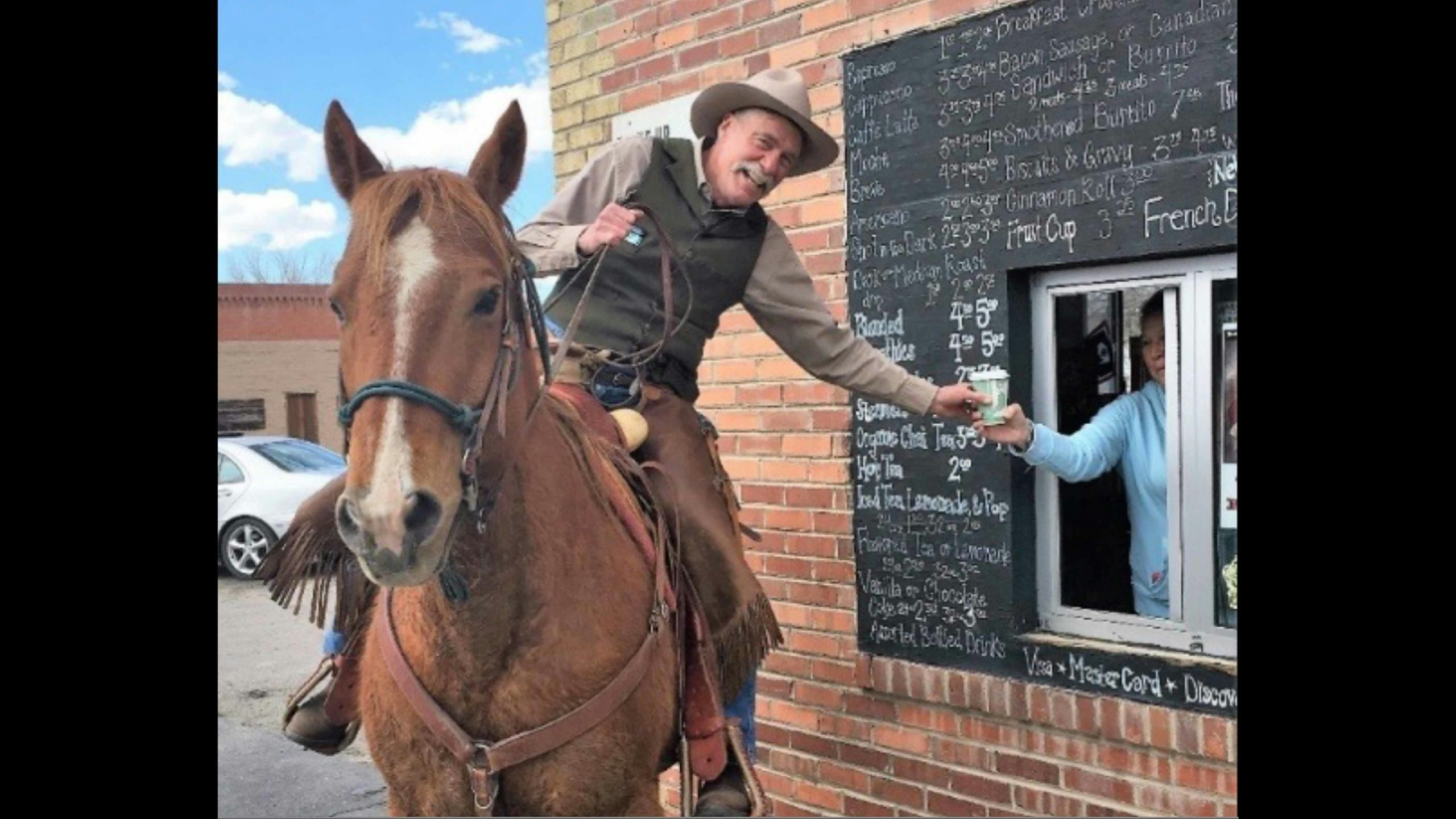Mountain pine beetles are always in the forest ecosystem in an endemic state.
The key that triggers an epidemic build up is the age of the surrounding trees. When lodgepole pine reach on or about the year 100 they send out the message to "kill me." It’s time to regenerate. This is their life cycle.
Mountain pine beetle require a “robust” timber industry to control. This is because the pine beetle is on a one year life cycle as opposed to the spruce beetle on a two year cycle. The spruce beetle will give you an extra year to catch up to them.
Still, as a forester I have had great success in controlling both pine and spruce beetle when we had a “robust” timber industry and multiple use timber management of the National Forests. Both of those attributes are seriously lacking today.
Beetles Gone Wild
When beetles go epidemic they girdle the trees and kill them. The phloem layer directly inside the bark is the living tissue of the tree. Once this is girdled the tree is unable to move water, nutrients and sugars up or down from the roots to the needles and vice versa.
Trees are now weakened, die and blow over creating the fuel bed required for a stand replacement fire. Lodgepole have both cones (non-serotinous) that open without fire and cones that require fire (serotinus) to open. Serotinus cones are closed tight with a resin that require fire to melt the resin to open the cones and disperse the seed.
After a fire burns through the area the lodgepole pine is often reseeded naturally and can become a "dog hair stand." Often these stands burn twice as snags left from the first fire blow down again and add fuel for a new fire several years later. In the end you often get a very crowded and stagnate sterile environment supporting mainly chipmunks and squirrels within a dog hair stand.
Stewardship
It is important to know that foresters study the natural systems of trees and can then enhance and improve the system to provide for not only the trees and ecosystem but for the human population as well. We call this stewardship.
As foresters we might clearcut lodgepole at say year 100 to circumvent the rise of beetles from endemic to epidemic. This also mimics the natural system but in a more refined way on a much faster time schedule.
Trees are harvested for American jobs from the logger to the mill worker and the savings are also passed along to the individual buying 2x4's at the local hardware store.
Forestry was designed to provide first and foremost to the communities adjacent to the forest. This was the brainchild of President Theodore Roosevelt and his first Forester Gifford Pinchot.
Regeneration
Following timber harvest the cutting units are then burned of slash and regenerated naturally. We can also supplement with artificial regeneration (nursery stock) or add in other favorable species that might be desirable for wildlife on the site. In the Wind River Mountains we supplemented with Whitebark pine. The nuts from Whitebark are a key food source for black and grizzly bears. You can see the remnants of the white bark cones in their feces.
The cut areas are now open for regeneration. They also become key habitat for large ungulates like elk and deer and are truly loved by black bears and the grizzly.
Many of our large clearcuts in North Idaho on the Kaniksu National Forest soon became full of huckleberry in the natural succession process after we broadcast burned the slash.
Soon the black bear feces would stain the ground around it in a purple and blue. Berry picking was also a huge past time for the local citizens who understood the relationship between the bears, timber harvest and huckleberries. Fire weed also came in after our clearcuts and broadcast burns. We then issued permits to the bee keepers. The honey from fireweed is simply amazing.
Also I saw my first grizzly bear back in 1979 in one of our recent clearcuts. He was rooting around in the stump wads left by the logging.
Logging And Jobs
On one timber sale in North Idaho we harvested 10 million board feet of Engelman spruce in one winter using snow roads to stop a spruce beetle infestation.
There are 5,500 board feet to a fully loaded log truck or 10 chords. Take your pick. So, 1 million board feet equals 182 fully loaded log trucks. On this timber sale we extracted 1,820 log trucks of timber infected with spruce beetle.
The timber was all milled locally in Bonners Ferry, Idaho and we stopped the spruce beetle epidemic cold while providing good paying jobs for middle class Americans. We estimated that 1 million board feet was directly responsible for three full time jobs and nine folks indirectly.
Revenues (3/4) from the sale of National Forest timber go directly back into the federal treasury. One quarter of the sale revenue goes to the local school districts. It’s a win - win all the way around.
The units are later thinned (8 by 8 foot spacing) at about year 20 to reduce competition and provide for a large diameter healthy stand of lodgepole pine. During the thinning process the suppressed trees are cut along with those that are damaged.
This leaves the intermediate and dominate trees on site to help improve the genetics of the stand. These clearcuts are now often the healthiest stands within a drainage. So vigorous and healthy that the lay person often has no idea they are standing in a clearcut.
Enviros Got What They Wanted
The beetle epidemics of today are a direct result of the loss of America's timber industry in the west. The US Forest Service is no longer able to practice pro-active forest management with the absence of a robust timber industry.
Compare this to a rancher who turns out a steer to breed his cows. Not a lot is going to get done. Forests require foresters and loggers to be managed for both the good of the forest and the people.
So, the environmentalists got what they wanted - "Forest's la Natural," denuded watersheds, loss of American jobs, burned up homes, high transportation costs of timber and lumber from Canada to the US and of course the beetles.
Environmentalists used federal acts, attorneys and judges to shut down forest management on the National Forests and the US Congress simply stood by as an absentee landlord and watched the destruction from afar.
You might remember from your history class that Lewis and Clark almost starved to death when trapped in the Bitterroot mountains in a sea of natural, thick lodgepole pine before they were rescued by the Nez Pierce.
It’s tough to keep horses and men alive on squirrels and chipmunks. I suppose some things never change.
Karl Brauneis served as a timber cruiser, hot shot, smokejumper, incident commander, burn boss, forester, public affairs officer, Fremont County rural firefighter and Wyoming state fire trainer for over 44 years in forestry and fire. Karl is the 2004 recipient of the Paul Gleason National Fire Line Leadership Award.
Karl and his wife Marilyn reside in Lander, Wyoming. They have three children and nine grandchildren.





